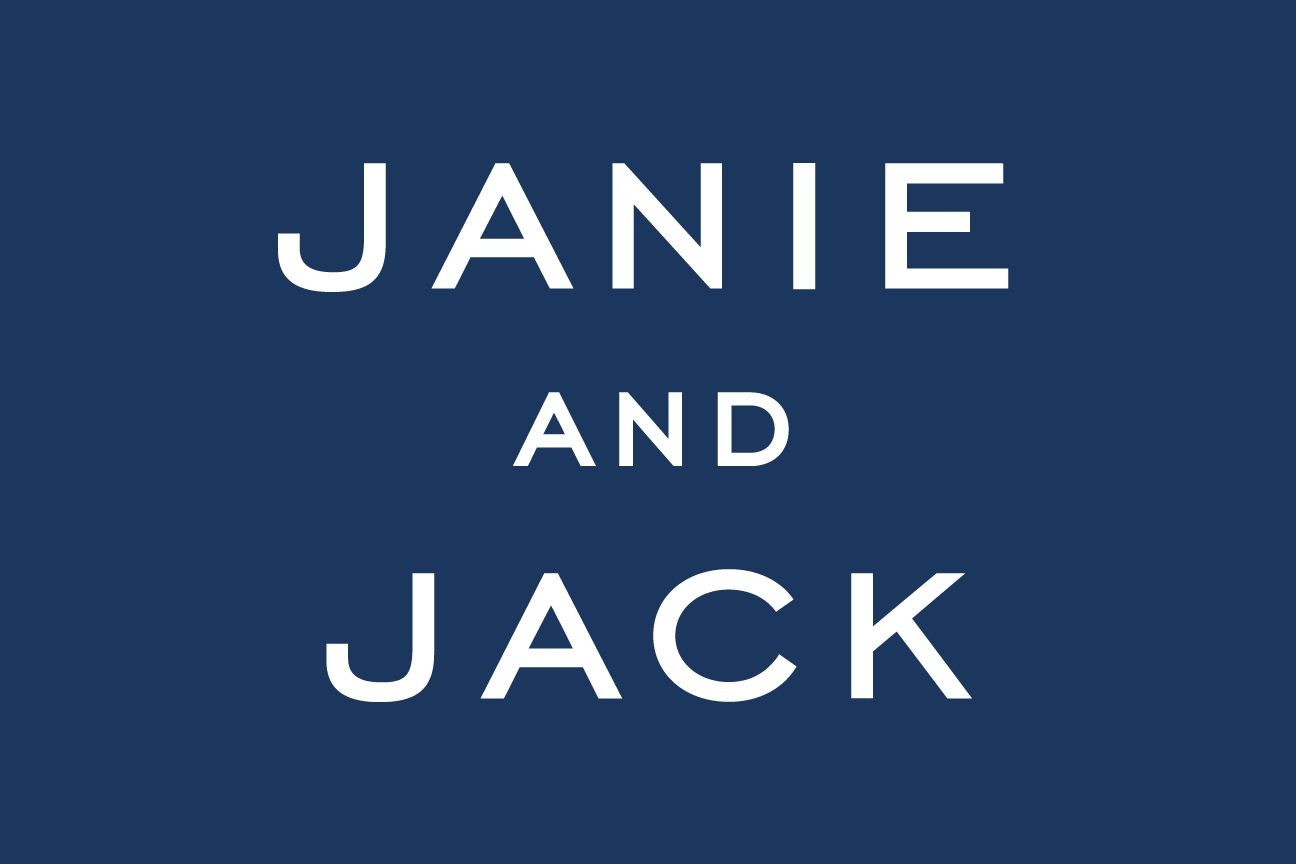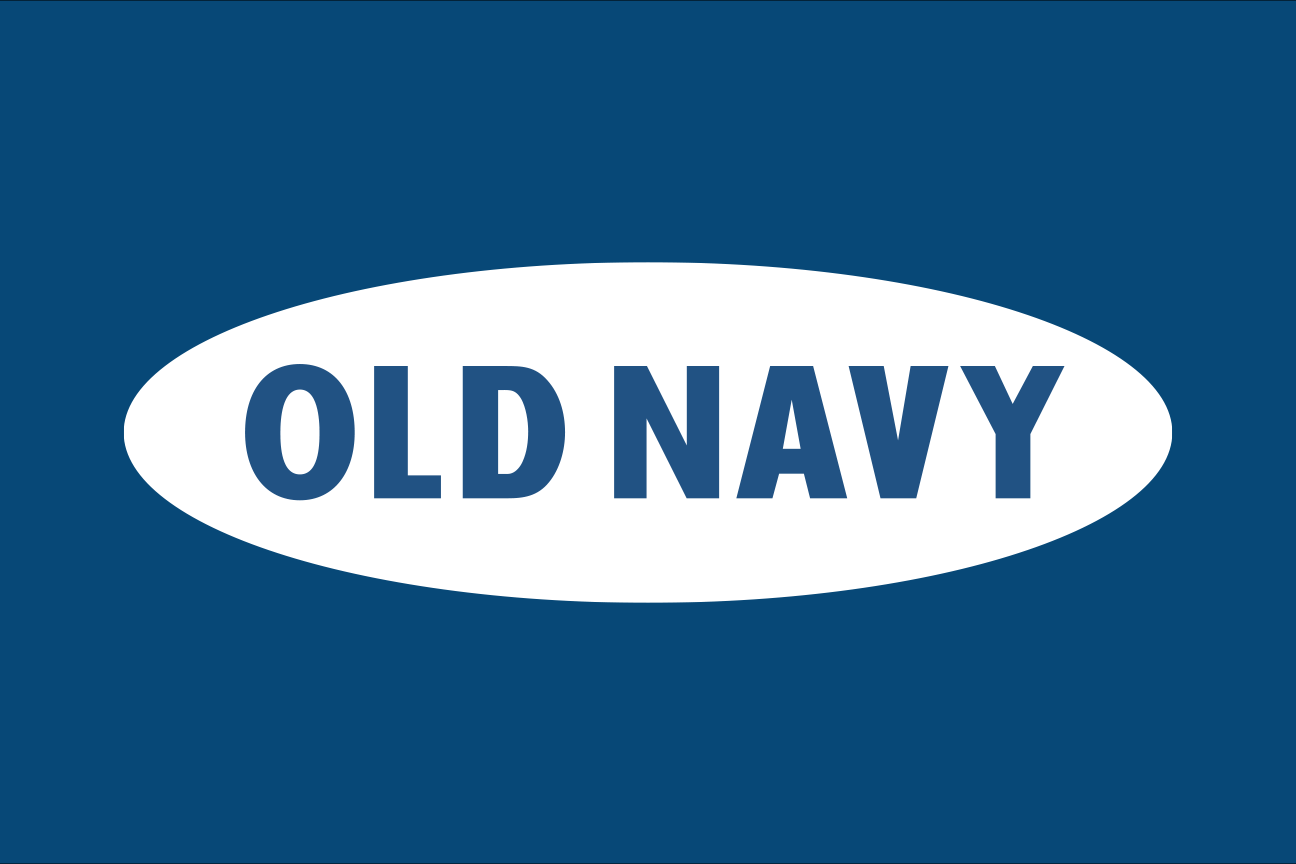Pamayanan
USER INTERFACE | USER EXPERIENCE | WEB DESIGN | MOBILE DESIGN |
Introduction:
Problem: Filipino immigrants in the Bay Area face challenges such as language barriers, cultural adjustment, and finding essential resources like housing, jobs, and healthcare. First- and second-generation immigrants, aged 18 to 45, need a comprehensive platform to help them navigate these obstacles.
Solution: Pamayanan is a user-friendly website that provides Filipino immigrants with culturally relevant resources, community connections, and local insights. By offering guides, job listings, healthcare information, and mental health support, Pamayanan helps users feel empowered and connected, easing their transition to the Bay Area.
Target Audience: Pamayanan serves first- and second-generation Filipino immigrants, with a focus on individuals aged 18-45 who are seeking better economic opportunities, education, or family reunification. They may face language barriers, lack local knowledge, or want to reconnect with their cultural roots.
Solution Impact: Pamayanan addresses critical needs by providing a central platform that guides Filipino immigrants through their transition. By offering multilingual support, simplifying complex processes, and fostering a sense of community, the website improves users' lives and builds a strong, loyal user base for long-term business growth.
Research Method:
User Interviews: To understand user needs, I conducted interviews with four Filipino immigrants (two over 60, two aged 25-35). The questions focused on challenges during their transition, desired resources, and how Pamayanan could serve them better.
Key Insights:
Language Barriers: 75% of users struggled with English-language resources, highlighting the need for multilingual support.
Employment Resources: 80% of users wanted job-related information and local job listings.
Community Connections: 60% desired to connect with other Filipinos, emphasizing the importance of forums and event calendars.
Mental Health Needs: 50% of users sought mental health support but found limited resources tailored to their culture.
User Frustration: Over 50% expressed dissatisfaction with complicated websites, necessitating a simple, intuitive design.
Design Process:
Approach: I used an iterative design approach ("test, create, improve") to refine the website. After creating low-fidelity wireframes, I conducted usability tests to gather feedback, leading to improvements in design and functionality.
Deliverables:
Sitemap & User Flows: Structured website navigation and task flows for a seamless experience.
Wireframes & Prototype: Low- and high-fidelity wireframes, along with an interactive prototype for usability testing.
Branding: A vibrant color palette inspired by the Filipino flag, and the typeface Bantayog for a bold, cultural feel.
User Personas:
Ricardo Reyes: 52, family-oriented, seeking accessible resources for healthcare and job opportunities.
Isla Villanueva: 24, nursing student, focused on education and staying connected to her roots.
Antonio Cruz: 35, tech-savvy, helping his family navigate resources in the U.S.
Testing and Refinement:
Usability Testing: Participants tested tasks like account creation, navigation, and posting on the community board. Feedback led to:
Making the search bar more prominent.
Increasing font sizes for better readability.
Enhancing visibility of navigation elements.
Positive feedback praised the clean design, ease of account creation, and effective community board structure.
Conclusion:
Pamayanan successfully addresses the unique challenges faced by Filipino immigrants in the Bay Area, offering a tailored platform that fosters community, simplifies processes, and provides essential resources. The iterative design approach, based on user feedback, resulted in a user-friendly, culturally relevant solution that empowers users to navigate their new life with confidence and ease.













